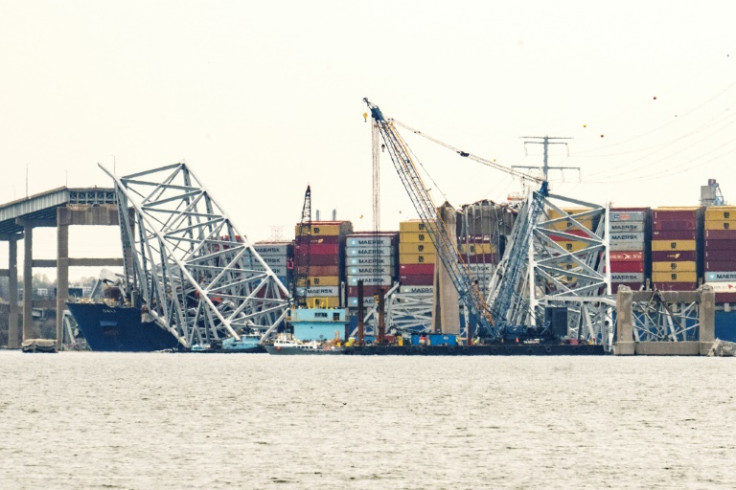
Baltimore's sole functioning maritime terminal, Tradepoint Atlantic, is bracing for a surge of vessels as crews grapple with removing the debris from the collapsed Francis Scott Key Bridge.
The company anticipates handling a staggering 10,000 vehicles over the next two weeks, including six ships from their regular schedule and nine rerouted due to the blocked main terminals, according to a company statement. This has caused significant logistical challenges for East Coast shipping.
While a second makeshift passage through the debris was opened on Tuesday, its limited depth restricts access for most commercial ships. The two temporary channels prioritize facilitating the cleanup efforts.
Officials are pushing forward with creating a third, deeper channel that will allow larger vessels to navigate the bottleneck and revitalize commercial activity at the port.
Unfavorable weather conditions have recently hampered salvage efforts, further complicated by the Patapsco River's murky depths that significantly reduce diver visibility according to a report on AP.
The bridge collapsed on March 26 after a collision with the cargo vessel Dali. The ship, en route to Sri Lanka, suffered a power failure shortly after departing Baltimore.
While a mayday call enabled authorities to halt traffic on the bridge, it proved too late for a crew conducting routine roadwork.
Officials believe six workers were killed in the collapse, with two bodies recovered last week. Thankfully, two others managed to survive. The cargo ship remains anchored, its 21 crew members on board.
Despite the challenging conditions, divers are looking to map the tangled mess beneath the murky surface. Sonar technology assists them in creating a detailed picture of the wreckage scattered across the 50-foot (15-meter) riverbed. Aiding in the salvage efforts is 'Chessy,' a powerful, well-known floating crane.
According to U.S. Coast Guard Rear Admiral Shannon Gilreath, the plan involves first removing undamaged containers from the ship. Following that, they will tackle the more complex task of extracting the mangled steel and concrete chunks lodged in the vessel's bow section.
Meanwhile, in a unanimous vote (47-0) on Wednesday night, the Maryland Senate passed a bill empowering Governor Wes Moore to tap into the state's emergency reserves, also known as the rainy day fund, to provide financial assistance to port employees who are out of work due to the partial or complete closure.
It also grants the Governor the authority to utilize state reserves to bolster struggling small businesses and incentivize companies that might have temporarily relocated to return to Baltimore once the port resumes full operations.
!["[T]he First and Fifth Amendments Require ICE to Provide Information About the Whereabouts of a Detained Person"](https://images.inkl.com/s3/publisher/cover/212/reason-cover.png?w=600)






